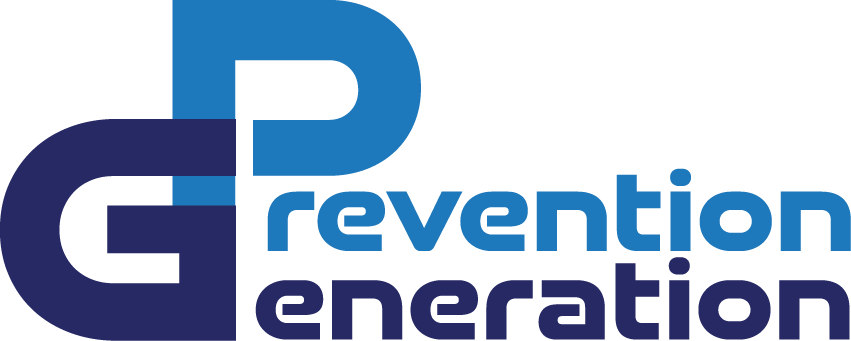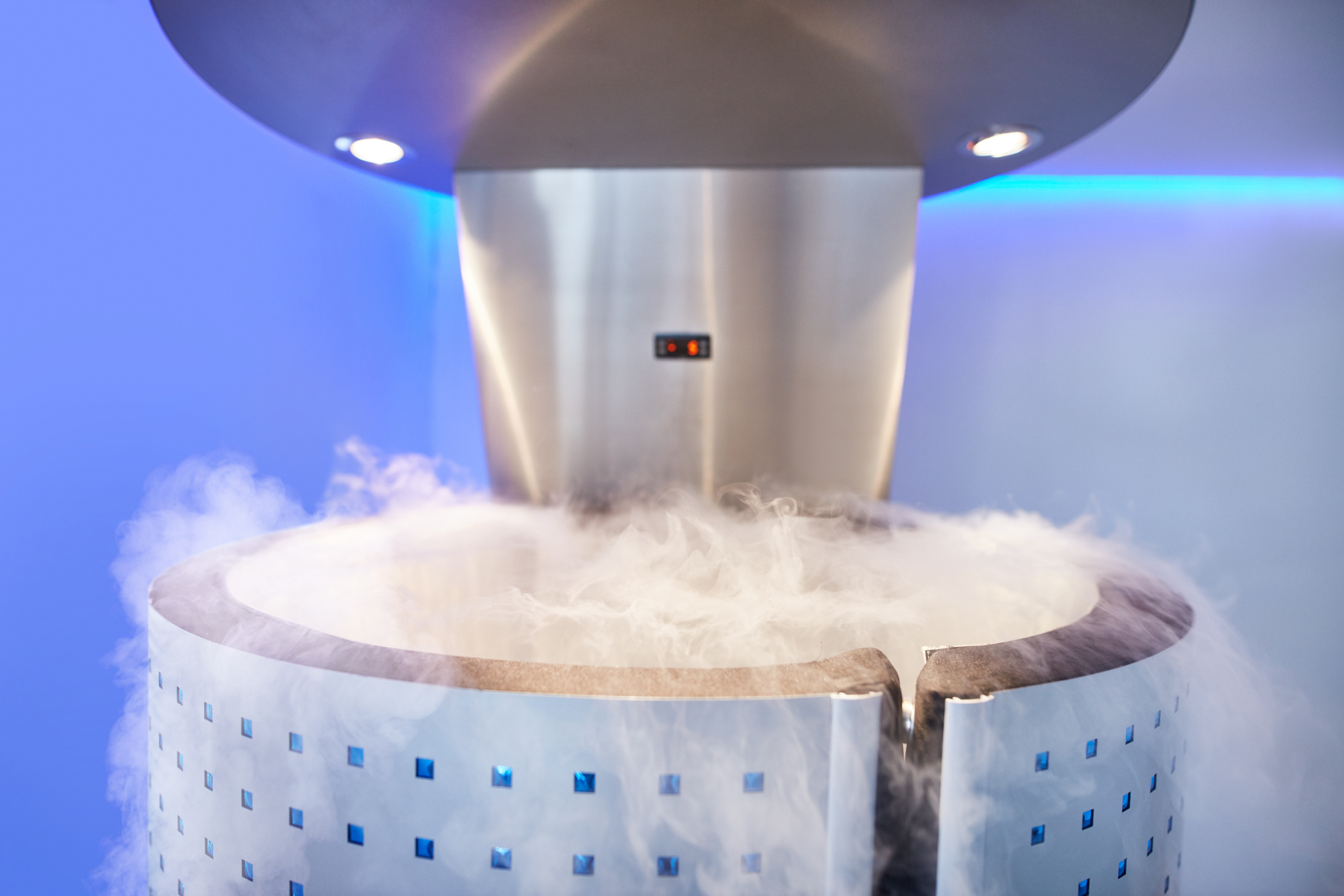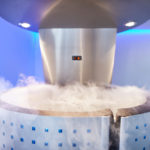Whole body cryotherapy has gained a lot of popularity recently. Entering a chamber that exposes you to -150℃ is not something that sounds appealing to most people, so why is it gaining popularity? Companies around the world are marketing cryotherapy to be the best sports recovery therapy as well as a viable antiaging therapy. How true are these claims?
Cold therapies have been widely used to relieve a variety of symptoms following injury including inflammation, pain, muscle spasms and swelling. These injuries can be either acute or chronic and often include injuries from overuse. Most forms of cryotherapy that are well known include use of an ice pack or cold bath/plunge. These therapies are widely accepted and prescribed following diagnosis of certain conditions and injuries. Benefits of WBC work at a deeper level that accelerates and multiplies recovery response on several levels.
Let’s explore some of the mechanisms and benefits of WBC including
- muscle recovery
- increased athletic performance
- endocrine function and hormone profile
- boost antioxidants
- anti-inflammatory response
Muscle Recovery
Following muscle injury, the body’s response is to release leukocytes (white blood cells) to the area of injury prompting an inflammatory response. WBC stimulates narrowing of the blood vessels by causing contraction of the vessel walls, which decrease leukocyte release and thereby decreasing the inflammatory response. Many studies have shown that WBC could be linked to improvements in muscularfatigue, pain and well-being after strenuous exercise.
Increased athletic response
Decreasing recovery time post muscular injury and exercise allows athletes to have increased athletic output. WBC can also increase athletic performance by enhancing muscle oxygenation, as well as reducing cardiovascular strain.
Endocrine function and hormone profile
Hormones have a tremendous effect on our overall wellbeing and health status. WBC has been studied and shown to influence the cortisol response that is associated with stress. Often following the first WBC session better quality sleep is reported. Multiple sessions of WBC can affect the hormonal value and decreasing hormones typically associated with psychophysical stress, such as cortisol and increasing testosterone.
Boost Antioxidants
Muscle activity generates oxidants which can lead to damage of cellular membranes and structures. WBC has been promoted as a possible way to heighten antioxidants after exercise.
Anti-inflammatory response
The anti-inflammatory response that is produce by WBC can help in a variety of health conditions such as rheumatoid arthritis, lipid metabolism, inflammation induced bone resorption.
Contraindications
Whole body cryotherapy is not meant for everyone. Those with the following conditions are contraindicated: pregnancy, severe Hypertension (BP> 180/100), acute or recent myocardial infarction, unstable angina pectoris, arrhythmia, symptomatic cardiovascular disease, cardiac pacemaker, peripheral arterial occlusive disease, venous thrombosis, acute or recent cerebrovascular accident, uncontrolled seizures, severe Raynaud’s Syndrome, fever, tumor disease, symptomatic lung disorders, bleeding disorders, severe anemia, infection, cold-allergy, acute kidney and urinary tract diseases. So what are you waiting for? Find a whole body cryotherapy chamber in your area and start gaining the benefits of this leading-edge technology.
References:
Whole-Body Cryotherapy in Athletes: From Therapy to Stimulation. An Updated Review of the Literature Giovanni Lombardi, Ewa Ziemann, Giuseppe Banfi
Front Physiol. 2017; 8: 258. Published online 2017 May 2. doi: 10.3389/fphys.2017.00258
Decreased Lipid Profile and Oxidative Stress in Healthy Subjects Who Underwent Whole-Body Cryotherapy in Closed Cryochamber with Subsequent Kinesiotherapy
Agata Stanek, Ewa Romuk, Tomasz Wielkoszyński, Stanisław Bartuś, Grzegorz Cieślar, Armand Cholewka Oxid Med Cell Longev. 2019; 2019: 7524878. Published online 2019 Aug 14. doi: 10.1155/2019/7524878


